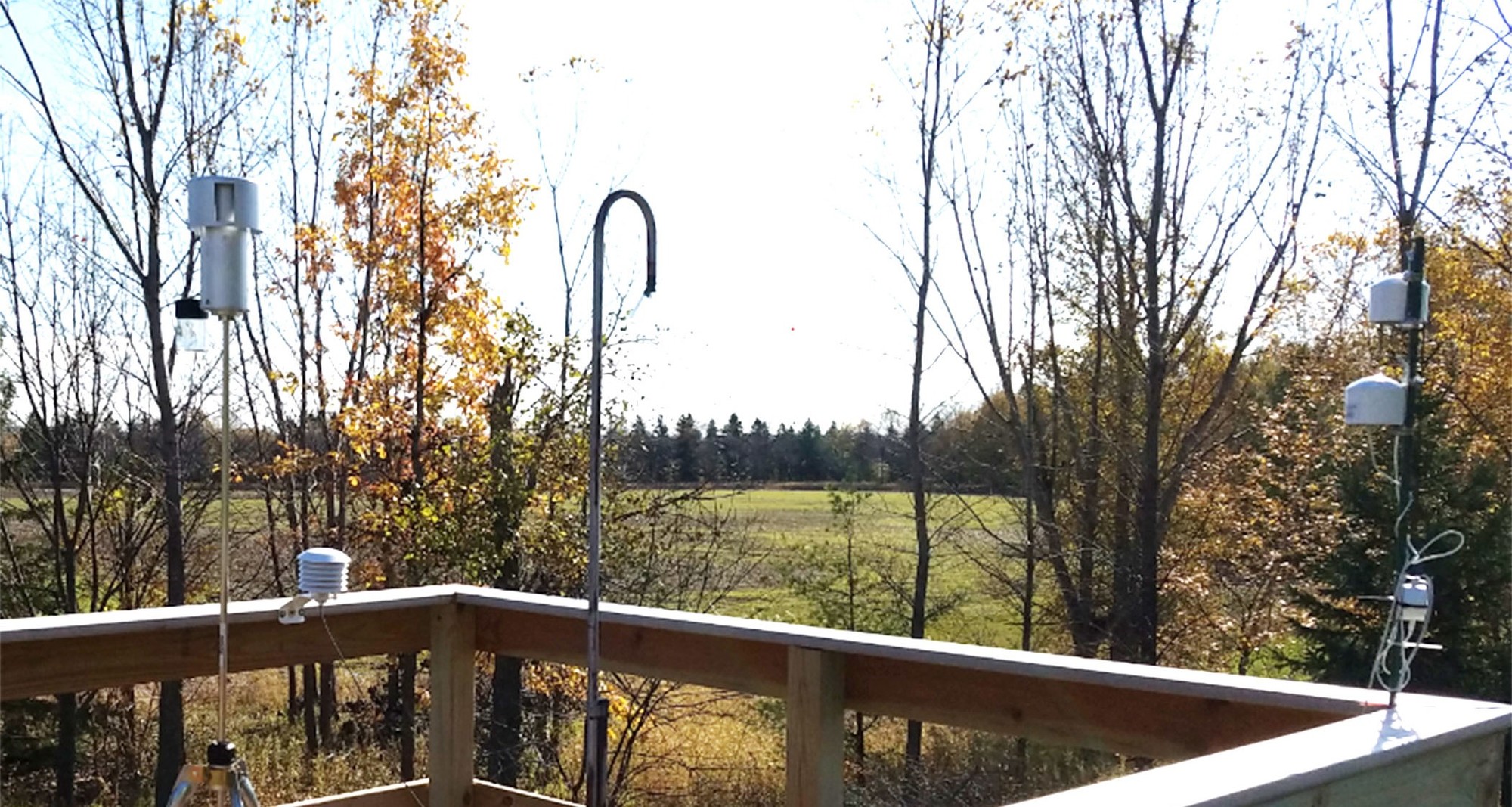Contact: Craig Czarnecki, DNR Air Program Outreach Coordinator
craig.czarnecki@wisconsin.gov or 608-250-0945
DNR Offers New Resources For Public Interested In Air Quality Monitoring
 Tools like air monitoring sensors and monitors help with efforts to sustain clean air in Wisconsin.
Photo credit: iStock/kokoroyuki
Tools like air monitoring sensors and monitors help with efforts to sustain clean air in Wisconsin.
Photo credit: iStock/kokoroyuki
MADISON, Wis. – Whether it’s respiratory concerns, wildfire smoke tracking or just sheer curiosity, the public is interested in air quality monitoring. New tools from the Wisconsin Department of Natural Resources (DNR) allow the public to get involved in the tracking and reporting this information using low-cost air quality sensors.
To understand how to best use sensor data, the public can now access a myriad of resources on the DNR’s Air Monitoring Sensors webpage, including a comprehensive roadmap for setting up an air monitoring project, data evaluation and interpretation tools.
The air sensor technology market is expanding as more companies make lower-cost portable sensors available to the public. The information provided online provides the public with best practices for the use of low-cost, portable air sensors and may be used to assist with the setup of low-cost sensors, evaluation of the data collected and the interpretation of the results.
“With public interest in air sensors growing, the DNR is excited to provide useful tools to citizen scientists interested in understanding their local air quality,” said Gail Good, DNR Air Program Director. “Sensors offer a hands-on experience and a great opportunity for Wisconsin citizens to learn about the importance of air quality in our state.”
One of these tools looks to correct known limitations in data comparability between air quality sensors and regulatory air monitors. One commonly used particulate sensor, PurpleAir, provides consistently higher (or more elevated) and less accurate readings than regulatory monitors but produces consistent results.
The DNR conducted a yearlong comparison study and developed a PurpleAir correction factor to better pair sensor data with regulatory air quality monitor data. Applying the newly released mathematical correction factor developed by the DNR for PurpleAir sensors used in Wisconsin dramatically improves the data discrepancy between the sensor and regulatory monitors.
Good air quality is essential for human health and the environment. The DNR both monitors the state's air quality and implements regulations to improve and protect it. Learn more about our efforts here.

For DNR’s yearlong study, five PurpleAir sensors were deployed at DNR-operated air monitoring sites, where they were paired with established regulatory monitors. A relationship between the sensor data and regulatory data was determined, which allowed for the creation of correction factors for public use to better align PurpleAir data with DNR’s regulatory monitor data.

In addition to a correction factor and roadmap resources, the DNR’s monitoring webpage also includes a link to the U.S. Environmental Protection Agency’s (EPA) Air Sensor Toolbox, a comprehensive resource including instructional videos, guidebooks, operating procedures and more.

